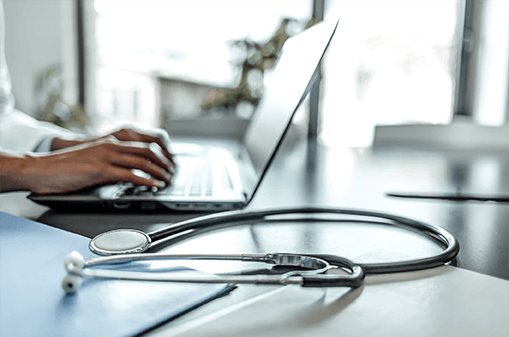Newborn Hearing Screening
Introduction
Newborn babies learn to listen to sound in their first months of life. They recognize the familiar sounds in their home and the voices of family members. Listening helps babies learn sounds and develop speech. Listening also helps them learn the meaning of words.
Newborn hearing screening is available to babies shortly after birth, before they leave the hospital or within a few weeks after leaving the hospital. It is recommended that babies that are not born in a hospital receive newborn hearing screening before they are two months old.
Diagnosis
The OAEs uses a tiny microphone and earphone that are gently placed in your baby’s ears. Sounds are played in the earphone. If a sound is heard, the ear creates an echo. The echo is detected and recorded by the microphone. If no sound is heard, an echo is not created or detected. The ABR involves placing electrode patches on the baby’s head. The electrodes measure how the nerves for hearing are working. Sounds are played to stimulate the nerve, and a device records the responses.
Babies that are identified as having a hearing loss are retested. False-positive test results are possible if the baby cries or moves during the test. Babies that test positive for hearing loss are referred to a pediatric audiologist. The pediatric audiologist may conduct more tests and recommend a treatment plan. Hearing aids and therapy services can help babies learn to communicate, listen, speak, and prevent developmental delays.

Copyright © - iHealthSpot Interactive - www.iHealthSpot.com
This information is intended for educational and informational purposes only. It should not be used in place of an individual consultation or examination or replace the advice of your health care professional and should not be relied upon to determine diagnosis or course of treatment.
The iHealthSpot patient education library was written collaboratively by the iHealthSpot editorial team which includes Senior Medical Authors Dr. Mary Car-Blanchard, OTD/OTR/L and Valerie K. Clark, and the following editorial advisors: Steve Meadows, MD, Ernie F. Soto, DDS, Ronald J. Glatzer, MD, Jonathan Rosenberg, MD, Christopher M. Nolte, MD, David Applebaum, MD, Jonathan M. Tarrash, MD, and Paula Soto, RN/BSN. This content complies with the HONcode standard for trustworthy health information. The library commenced development on September 1, 2005 with the latest update/addition on February 16, 2022. For information on iHealthSpot’s other services including medical website design, visit www.iHealthSpot.com.



